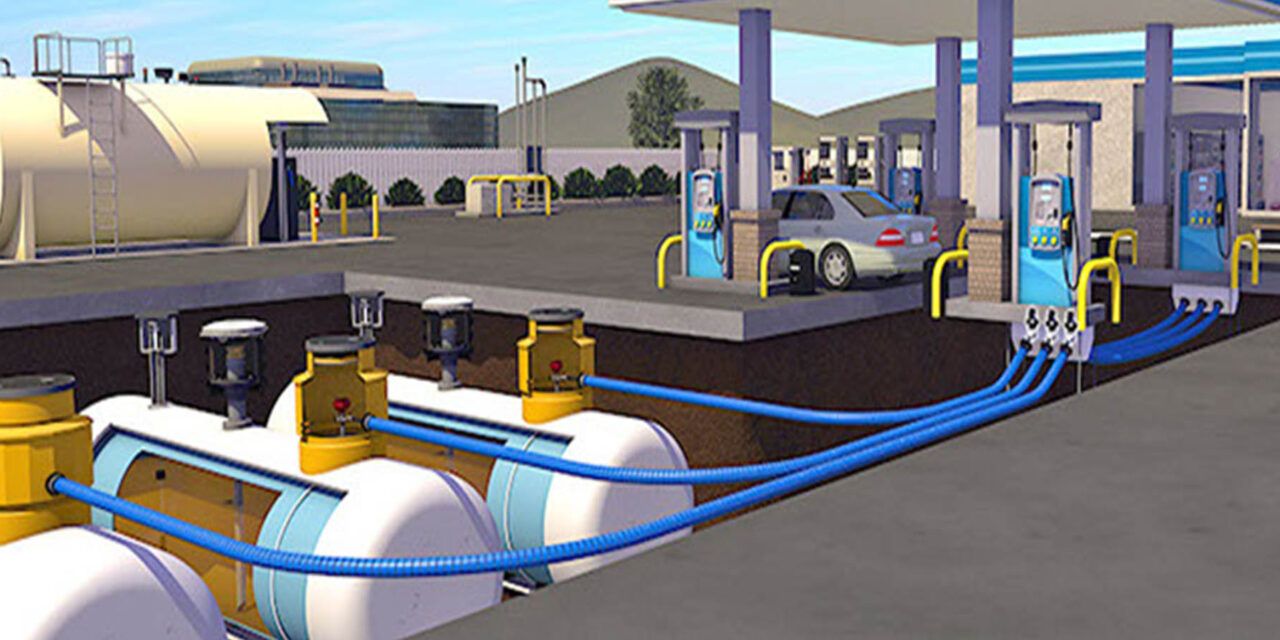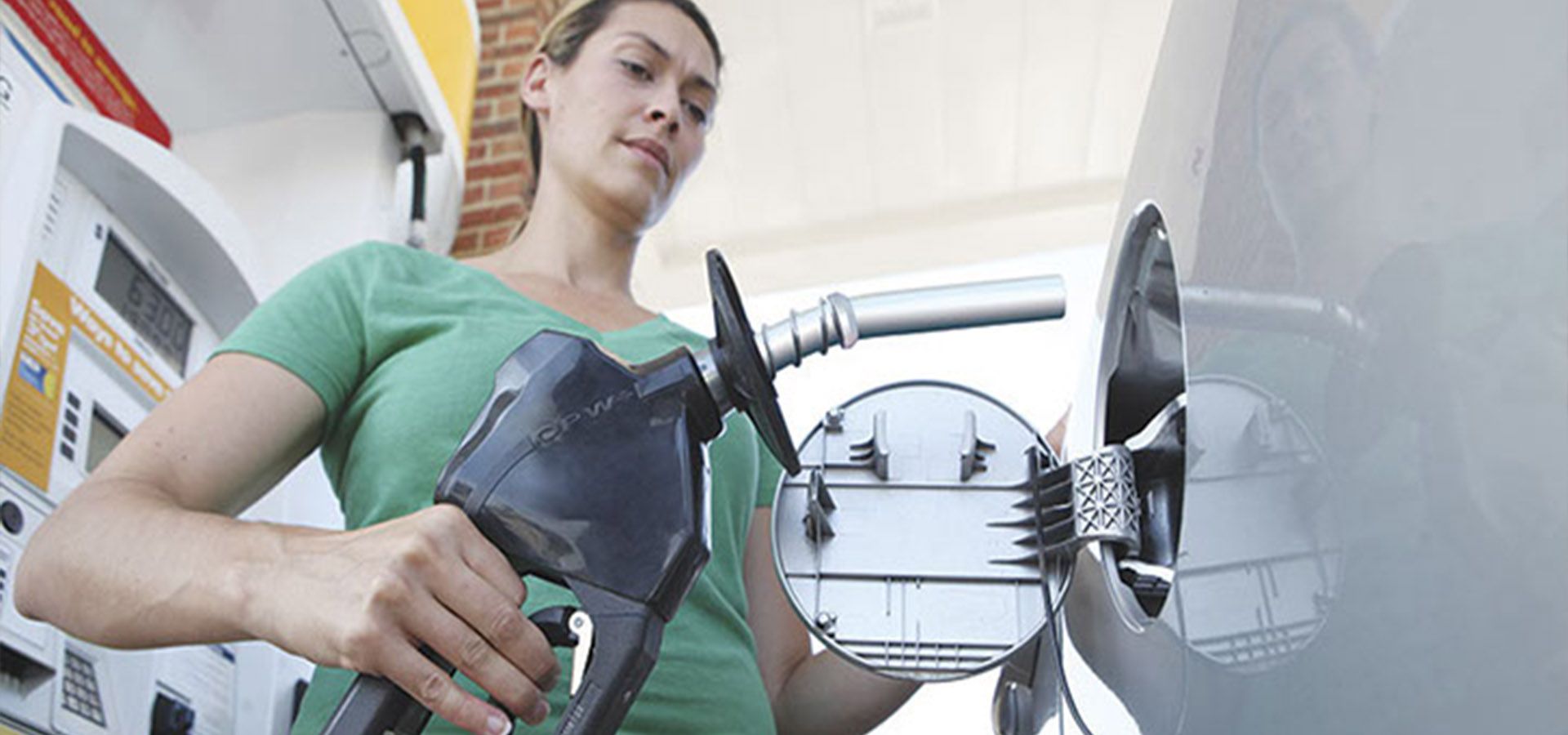
Forecourt Insight Underground Fueling

Seven Ways your underground fueling system can save you money
by: Ed Kammerer
Aside from the actual brick-and-mortar building, the largest site expense for petroleum retailers is the fueling system that will be used to store and dispense the motor fuels for sale. However, despite their expense and importance, fueling systems – because the majority of their components are located underground – can become an out of sight, out of mind concern for fuel retailers after they have been installed.

There are, though, ways that retailers can improve the performance of their underground fueling systems, whether in new or existing installations. One way is for retailers to consider equipment upgrades that can take system performance to a higher level of efficiency, reliability, environmental protection, cost-effectiveness and safety.
In fact, we have identified seven ways how optimized underground fueling-system components can achieve optimum levels of performance while simultaneously saving fuel-site retailers money:
1. Double-Wall Spill Containers
Double-wall spill containers install easily in the same space as traditional single-wall models, but double the protection against product leaks or spills. The thick-walled polyethylene spill buckets are roto-molded for long life and durability. A top-mounted test port allows for vacuum testing versus hydrostatic testing, which significantly simplifies and reduces testing costs. Optional sealable covers provide an added layer of protection against water intrusion. All of these features help lower maintenance costs.
Additionally, something for Canadian fuel retailers to be mindful of is that in October of this year new regulations from the U.S. Environmental Protection Agency (EPA) regarding the annual testing of spill containers will go into effect. In many instances over the years, Canadian regulations have piggybacked on new EPA legislation, so spill-container testing requirements may be making their way north of the border in the future.
2. Testable Overfill-Prevention Valves
These valves prevent the overfill of underground storage tanks (USTs) by providing positive shutoff during product delivery if an overfill incident appears imminent. Halting spills before they can occur will save costs related to cleanup, repair and remediation. The true innovation of next-generation overfill valves, however, is the ability to test the valve from the UST’s surface without requiring removal from the tank. This means that rather than taking 60 minutes to pull a valve from the tank and test it, with modern testable valves this process can take as little as 60 seconds.
Again, the new U.S. EPA regulations now require the testing of overfill-prevention valves, so similar requirements may be coming to Canada.
3. Composite Manhole Covers
Composite manhole covers have been engineered to provide the same level of reliability and protection as steel covers, but their lighter weight makes them easier to handle and maneuver, while a slip-resistant tread pattern helps prevent slip-and-fall incidents. The result is increased safety for site personnel with a corresponding reduction in the likelihood of personal injury. The composite covers will also not rust or corrode, and are available in a wide range of colors that can meet the aesthetic needs of the fueling site.
4. Emergency Shutoff Valves
A double-poppet valve, utilizing a special fuel-capturing bladder covering over the shear groove, ensures that undetected leaks in the shear-groove, which are caused by low-impact incidents, driveaways or dislodged dispensers, will not result in fuel leaking into sumps. This capability ultimately shuts off the flow of fuel to reduce the risk of fire, explosion, personal injury, property damage, environmental contamination, product loss, cleanup and remediation – along with the prohibitive costs that usually accompany these occurrences.
5. Watertight Conduit-less Tank-Chamber System
These are drill-free fiberglass tank chamber sump systems that ship to the fueling site with factory-installed conduit ports and electrical wiring box. This means that there is no need to drill or cut holes in the sump during installation to help eliminate potential tank-sump leak points. A watertight lid also prevents water and other outside contaminants from entering the system.
6. Shallow Underground Dispenser Chamber (UDC) and Rigid Entry Fittings
A shallow design eliminates the need for slope when the UDC is installed, which lowers the cost of excavation and reduces the amount of backfill that is needed to cover the UDC. The shallow design also makes it easier to access the UDC for testing and maintenance, which allows for cost-effective use of site personnel and minimizes downtime. The UDC can be combined with next-generation rigid entry fittings that have a hard-shell exterior and minimal exposed rubber in order to better handle the abuse that occurs in an underground environment, while still possessing the flexibility that enables them to accommodate ground movement. Redundant sealing throughout the fitting provides maximum product containment and improved protection from water intrusion.
7. Retractable Flexible-Piping Systems with Double-Wall Couplings
Retractable flexible piping systems feature a dual-layer access pipe or conduit that allows piping to be replaced or repaired with no costly excavation. The flexible pipe system can be combined with stainless-steel double-wall couplings. This design eliminates the need for rubber test boots, which simplifies installation and provides a permanent test port for future testing, which greatly reduces costs.
You may remember the old oil-filter commercial that concluded with the tagline: “You can pay me now, or pay me later.” The same advice can pertain to outfitting an underground fueling system, which comes with an undoubtedly significant expense. But the lifetime costs of the system can be mitigated if the best, most cost-effective components are chosen to equip it. The seven listed above can eliminate some of the strain on the fuel-site operator’s bottom line while also improving the safety of the site for employees, customers and the environment.
Ed Kammerer is the director of Global Product Management for OPW, based in Cincinnati, OH, USA. He can be reached at ed.kammerer@opwglobal.com. For more information on OPW, visit www.OPWGlobal.com.


































